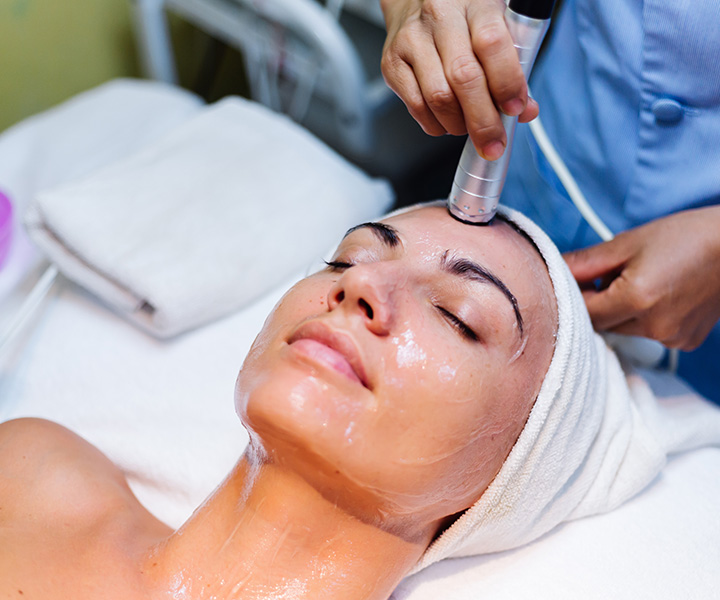Amara organix handmade day moisturiser review
Hola my beautiful friends. Today I am gonna review Amara […]
In this article, we will explore what cryotherapy is, how it works, and what makes it such a great option for treating various skin conditions.
By SOMA
Posted on | Last Updated
Cryo-what? Yes, it may sound like a scientific term from a sci-fi movie, but cryotherapy for skin lesions is a well-established medical treatment that has been used for decades.
In this article, we will explore what cryotherapy is, how it works, and what makes it such a great option for treating various skin conditions.

Cryotherapy, in its simplest definition, is the use of extreme cold to treat a medical condition. It could involve exposing a specific area of the body to sub-zero temperatures for a few seconds or even immersing an entire body in a chamber that reaches temperatures of -200 degrees Fahrenheit.
However, in the context of skin lesions, cryotherapy typically involves the application of liquid nitrogen to the affected area.
Liquid nitrogen is extremely cold (-320 degrees Fahrenheit), making it an effective tool for freezing and destroying unwanted cells or tissues.
When applied to the skin, cryotherapy causes the cells in the targeted area to freeze and burst. It triggers the body’s natural healing response, which involves an increase in blood flow and the migration of immune cells to the area.
Over time, the dead cells will slough off, leaving behind new, healthy tissue. This process is known as cryonecrosis, and it has been used to treat a variety of skin lesions, including warts, basal cell carcinoma, and actinic keratosis.
One of the biggest advantages of cryotherapy for skin lesions is its non-invasive nature. Unlike surgery or other more aggressive treatments, cryotherapy does not require incisions or anesthesia, making it a relatively painless and low-risk option for patients.
Another advantage of cryotherapy is its effectiveness. Studies have shown that cryotherapy is a highly effective treatment option for a wide variety of skin lesions.
One study found that over 90% of patients treated with cryotherapy for actinic keratosis (a pre-cancerous skin lesion) saw significant improvement in their condition.
Finally, cryotherapy is also a fairly quick treatment, taking only a few minutes to complete.
It means that patients can often schedule appointments during their lunch break or other free time without having to worry about missing work or school.
As with any medical treatment, there are some potential risks and side effects associated with cryotherapy. These may vary depending on the specific condition being treated, as well as the patient’s medical history.
Some common side effects of cryotherapy for skin lesions include redness, swelling, and discomfort in the treated area. In some cases, blistering or scabbing may also occur. However, these side effects typically resolve within a few days to a few weeks.
More serious complications of cryotherapy include nerve damage, infection, and scarring. However, these are relatively rare, with studies suggesting that the incidence of significant complications is less than 1%.
If you are experiencing a skin lesion or other skin condition, cryotherapy may be a good treatment option for you. However, it is important to consult with a qualified medical professional before undergoing any medical treatment.
Your doctor or dermatologist can help you determine if cryotherapy is the right course of action for your specific condition, as well as provide information on the potential risks and benefits associated with this treatment.
Overall, cryotherapy for skin lesions is a safe, effective, and relatively non-invasive option for patients looking for a quick and painless way to treat various skin conditions.
So don’t let that wart, basal cell carcinoma, or actinic keratosis get you down – schedule a consultation with your doctor today to learn more about cryotherapy and how it can help you get back to feeling like yourself again.